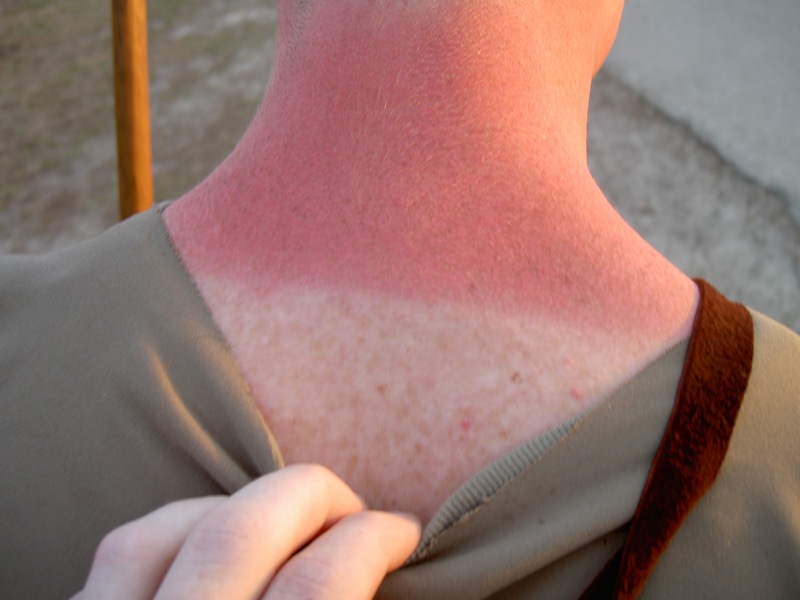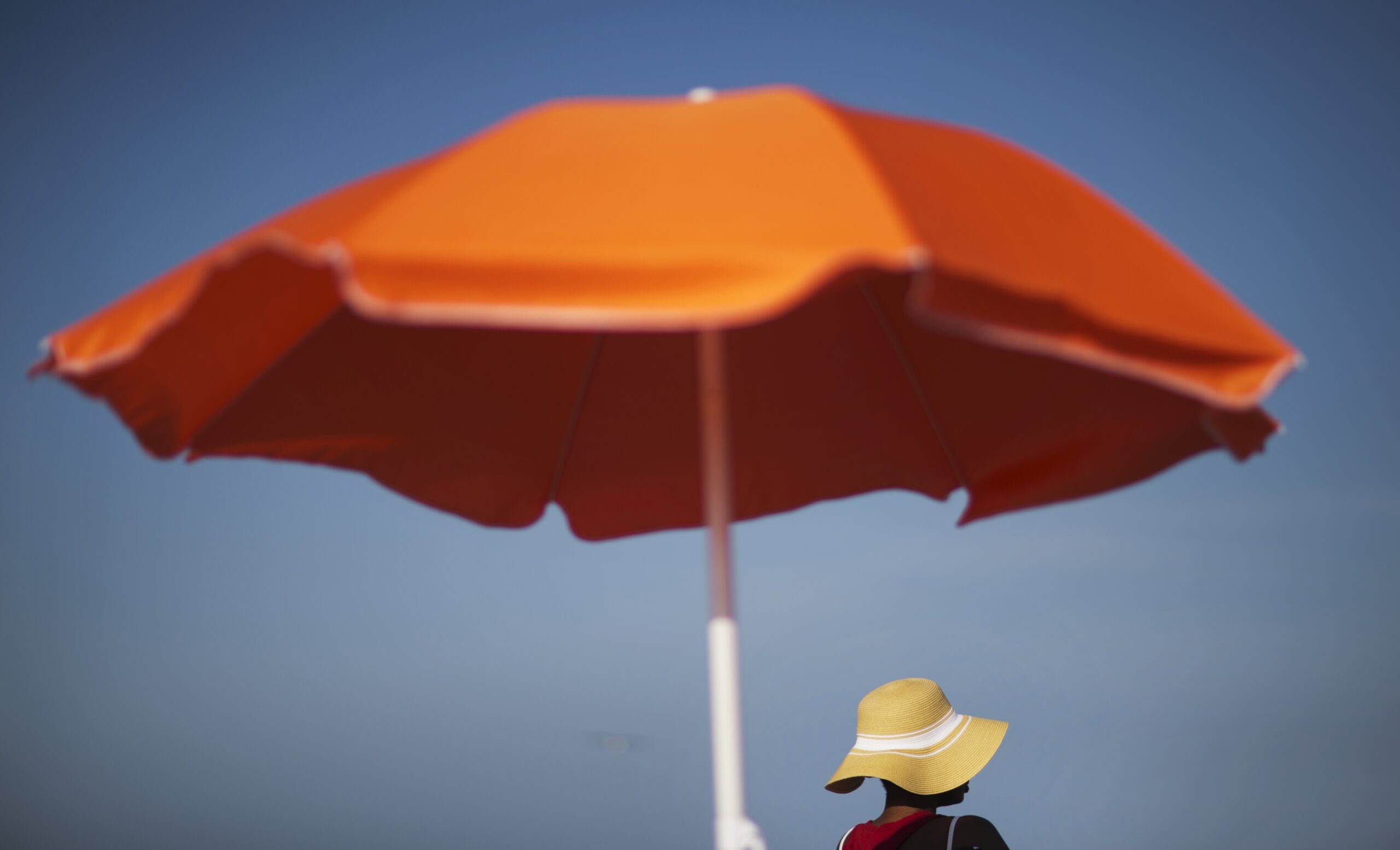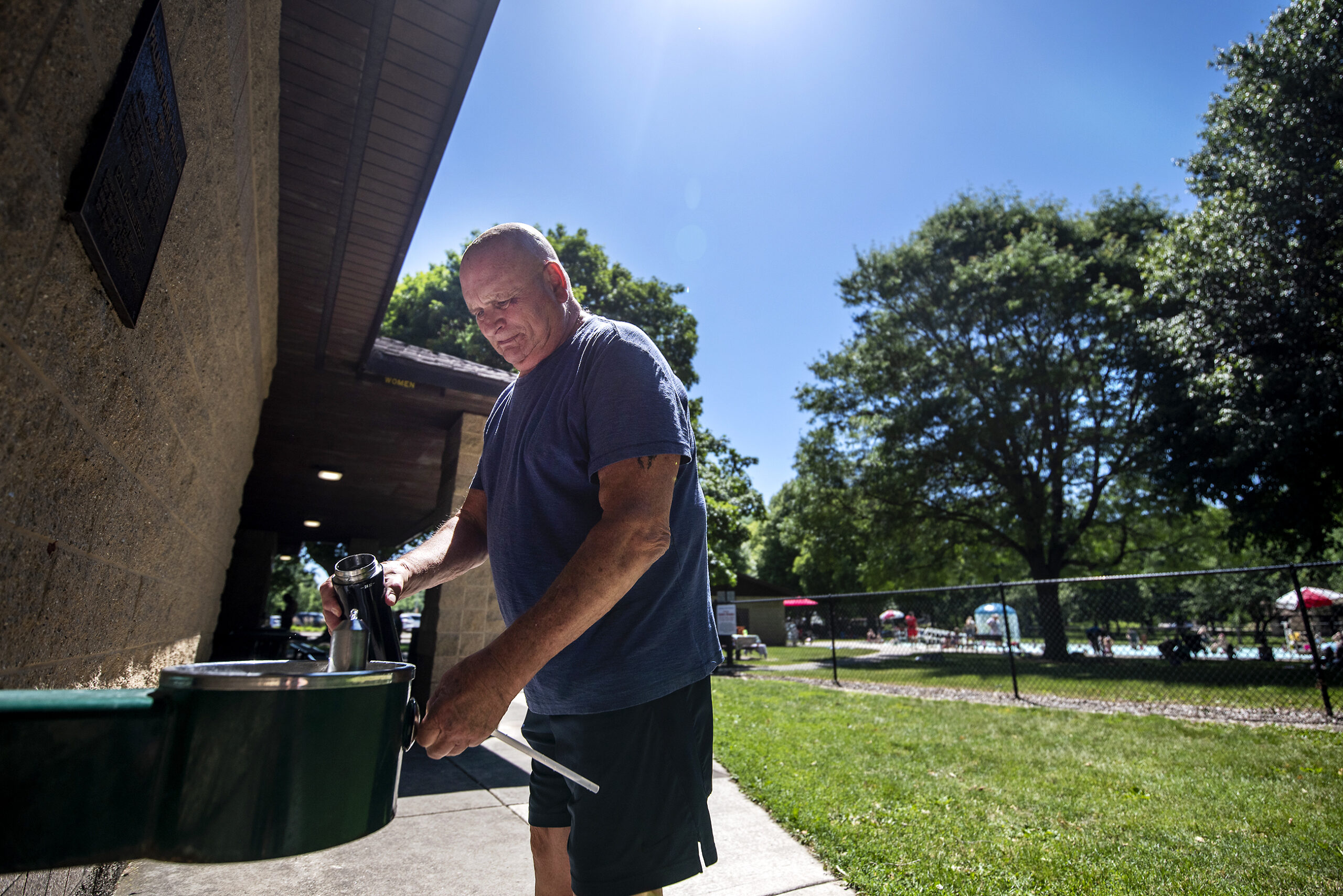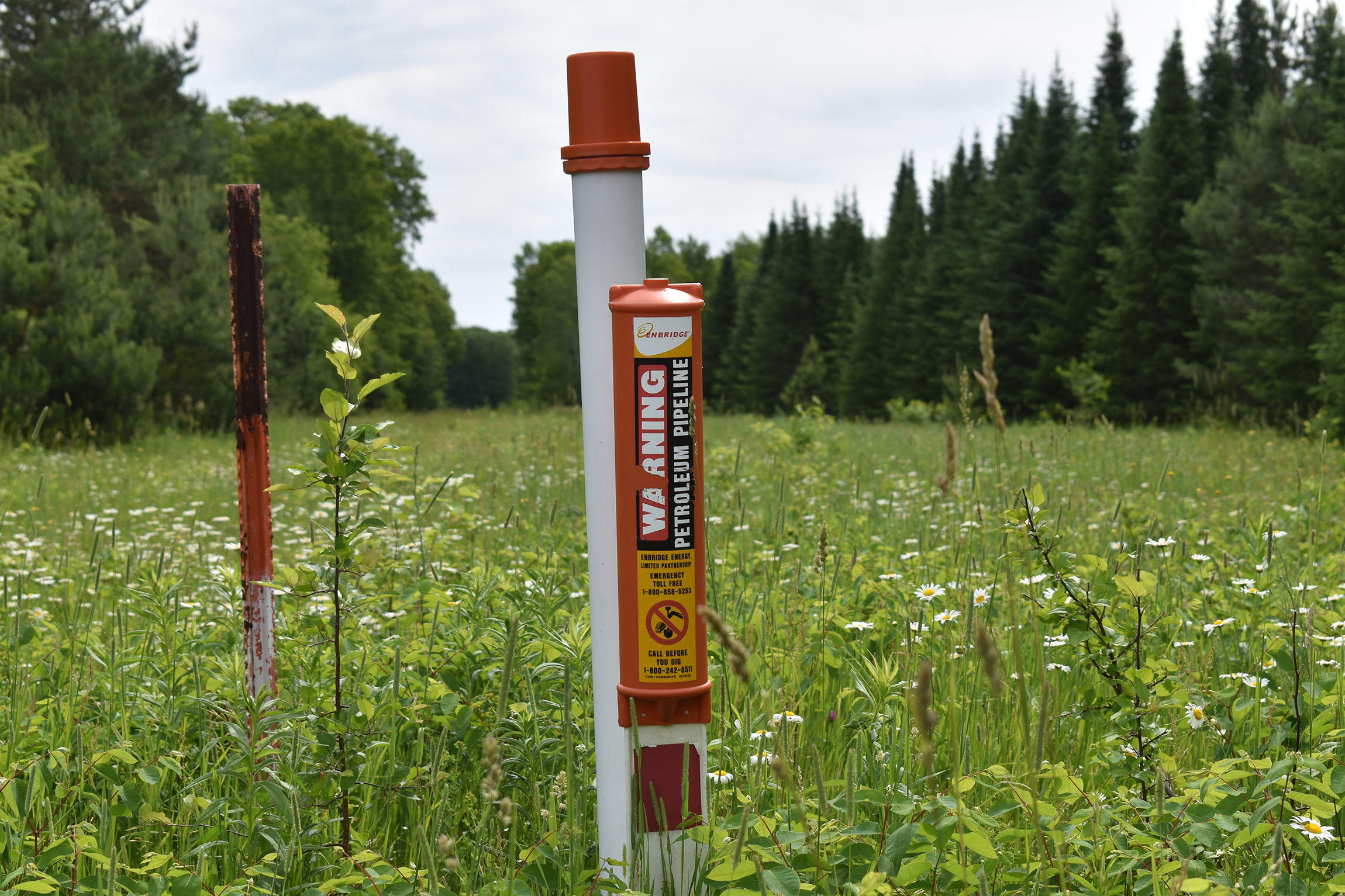Here comes the sun with its blanketing warmth, brighter days and ever-present risk of skin cancer. We’ve got sunscreen, but it might not be protecting us like we think it is.
Apple Bodemer, a dermatologist and assistant professor in the Department of Dermatology at the University of Wisconsin-Madison, says the problem with sunscreen is that sunbathers aren’t applying enough of it and not as frequently as needed.
While the sun emits visible, infrared and ultraviolet rays, it’s radiation from the sun’s UVA and UVB rays that poses a problem for us.
Stay informed on the latest news
Sign up for WPR’s email newsletter.

UVA wavelengths are longer and will penetrate the skin deeper, causing more of a tan than a burn. Bodemer pointed to tanning beds’ use of UVA wavelengths and said they’re dangerous because there are no UVB rays to burn — and therefore warn — the skin and tell the brain to take a break.
Natural sunlight has a mixture of UVA and UVB.
While broad spectrum sunscreens do focus on both types of dangerous UV rays, Bodemer said their SPF ratings only measure against UVB radiation. And both types can be significant when it comes to cancer and aging.
“When we look at sunscreen, we look at that SPF number; it really is an indication of how safe you’re going to be from getting the actual burn,” she said. “But it doesn’t really do a good job of telling us how well you’re getting protected from that UVA spectrum.”
Sunscreens
Using Sunscreens
Speaking of SPF ratings, they refer to the scale of protection, and the numbers operate on a steep curve.
For example, Bodemer said that anything lower than 15 probably won’t do any good and the difference between 15 and 30 SPF is significant. But as the numbers get higher, the difference in degree of protection isn’t that great. There’s only about a 3 percent difference in coverage between a 30 SPF and 100.
So why not just always buy 100 SPF? Well, sometimes the chemicals in them can cause allergic or other reactions for people with sensitive skin that’s just not worth it for the minimal extra coverage it offers.
And 100 SPF won’t protect you for any longer than a lower rating.

Evan Vucci/AP Photo
No matter if you’re wearing a 100 SPF or a 30 SPF, one of the problems is that people aren’t applying frequently enough, Bodemer said. Sunscreen should be replaced every two hours because the skin is constantly sloughing off skin cells and sweating, taking the sunscreen with it.
And if you exit the water and use a towel to dry off, even 10 minutes after applying sunscreen, you’ll have to do it again to ensure you’re protected.
Another issue is that people often don’t use enough sunscreen, applying a small percentage of what’s actually used in labs to identify the SPF value.
“People should be applying two to five times more sunscreen than they typically apply on average,” she said.
To help with that, Bodemer said an adult in a swimsuit should apply a palm-full of sunscreen to cover the whole body. Another dime-sized amount should be used for the face and neck.
That’s about an ounce worth, she said. To put it another way, a 6-ounce bottle of sunscreen shouldn’t last all summer, and probably not even a full week, depending on how often your body is exposed.
Types Of Sunscreens

Sunscreen ingredients, including oxybenzone, are shown Wednesday, May 2, 2018, in San Jose, Calif. Marcio Jose Sanchez/AP Photo
Chemical sunscreens are the most common types. They work by absorbing the radiation and turning it into heat. That can be tough for those who are sensitive, because they might feel hotter when in the sun and covered in sunscreen.
Chemical sunscreens have active ingredients such as avobenzone, octinoxate and oxybenzone, a common blocker in about 60 percent of the sunscreens available with an ability to penetrate the skin and disrupt sex and thyroid hormones.
Zinc and titanium sunscreens are probably some of the safest on the market, Bodemer said. Those are the active ingredients in physical sunblocks, which sit on the skin. Distributed evenly, these types block UV radiation from getting to the deeper part of the skin where it can access DNA and potentially mutate cells.
Waterproof sunscreens should be used if you’re going to be in the water or expecting to sweat quite a bit. Otherwise they probably aren’t necessary.

Milwaukee Brewers’ Logan Schafer sprays himself with sunscreen before a spring training baseball game against the Los Angeles Angels in 2015. Morry Gash/AP Photo
It’s probably best to stay away from spray-on sunscreens, unless the only other option is not using anything at all. These are problematic, Bodemer said, because most of what’s sprayed on goes into the environment. These sprays may leave gaps in coverage, too, because they’re applied so quickly. If you have to use them, Bodemer recommends spraying the sunscreen into your palm and then rubbing it in.
Other Forms Of Protection
Protective Clothing
Anything you’re wearing is going to give you some kind of protection, Bodemer said. Not all clothing is created equal, though.
Hold a piece of clothing up to the light. If you see light coming through, that’s the amount of sunlight that’ll get through your clothes.
Naturally then, a sheer top won’t provide as much protection as heavy jeans. The darker the fabric and the more tightly-woven it is, the better the protection it will offer.
If your clothes are wet, though, don’t count on any protection.
You’ll have better luck with UPF clothing, which is rated to offer sun protection, letting in only one-fiftieth of the sunlight. These still offer protection when wet and come in lighter colors that may be more tolerable on hot summer days.
Options might also include sleeves to protect the arms or sun blankets.

Elaine Thompson/AP Photo
The Shade
One of Bodemer’s first recommendations for sun protection is to find shade, especially during midday. Umbrellas and trees can offer this kind of coverage, but beware of sand and water (and ice and snow), which are extremely reflective and can bounce radiation onto you.
Broad-Brim Hats
By protecting you from a direct hit of the sun’s rays, broad-brim hats work well, Bodemer said. A 3-inch brim will cover the top three-fourths of your face and a 4-inch brim will cover all of it.
While baseball caps are fashionable, Bodemer said, they don’t offer much protection and end up leaving the ears and the neck for people with shorter hair, totally exposed.
“That’s an area where skin cancer can be really tough, especially around and behind the ears … and be really difficult to remove,” she said.
Staying Safe And Comfortable
Checking Your Skin
Currently, no blood test exists that can check for melanomas, a type of cancer that worries dermatologists the most.
The best tool, Bodemer said, is to pay attention to any changes in your skin by doing a monthly skin self-check.
“I recommend people take five minutes once a month just to look at their skin,” Bodemer said.
Melonoma and non-melanoma are the two classes of skin cancer. Non-melanoma cancers may present with red, scaly spots. If they start to bleed on their own, that’s a sign to see a doctor.
Most melanomas show up as new spots, so it’s important to watch your body for changes, she said.
Ease The Impact Of A Sunburn
Sun damage in the form of burns, blisters or peeling occur because the UV damage you’ve accumulated is causing the skin cells to die.
Anti-inflammatory medications such as Hydrocortisone might help reduce some of the inflammation. Ibuprofin can help too. And, naturally, try increasing the anti-inflammatory foods and spices in your diet, Bodemer said.
Wisconsin Public Radio, © Copyright 2025, Board of Regents of the University of Wisconsin System and Wisconsin Educational Communications Board.





